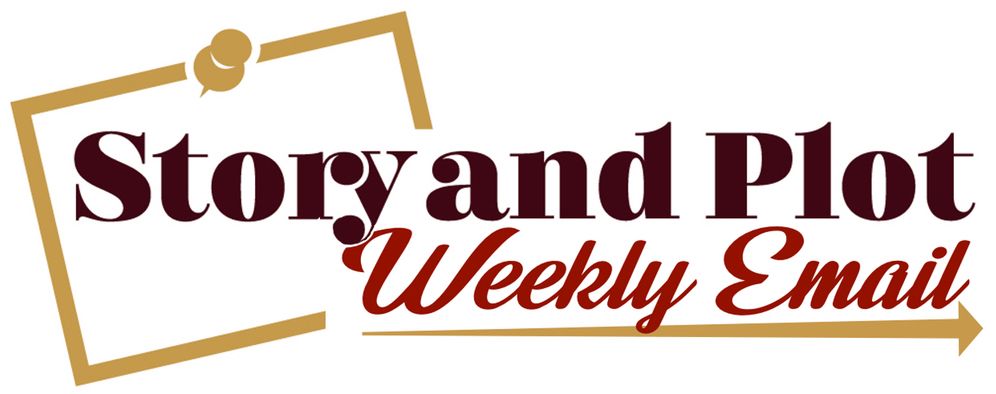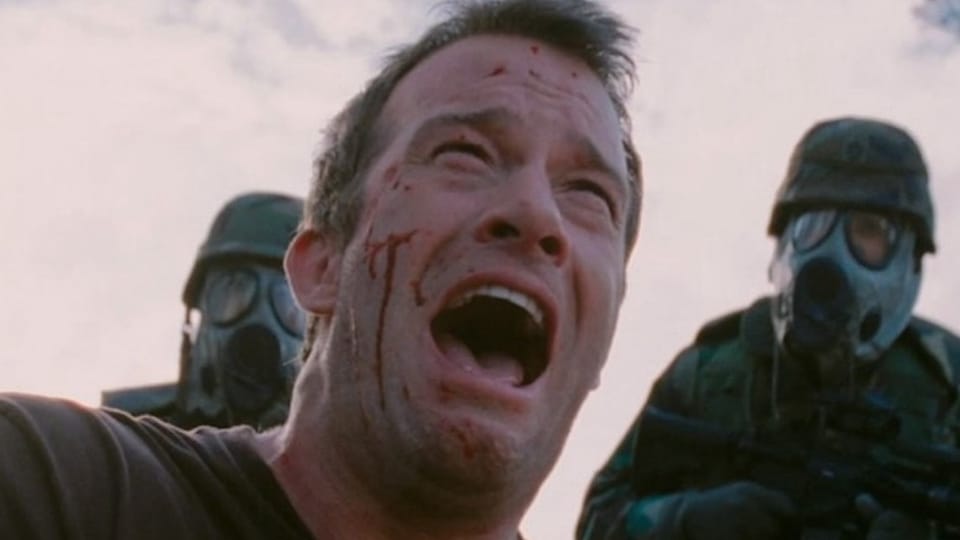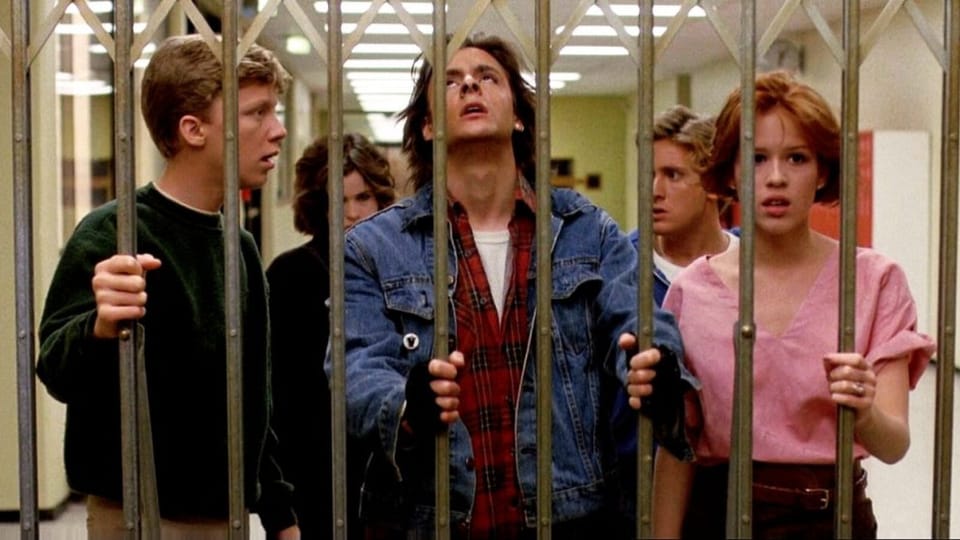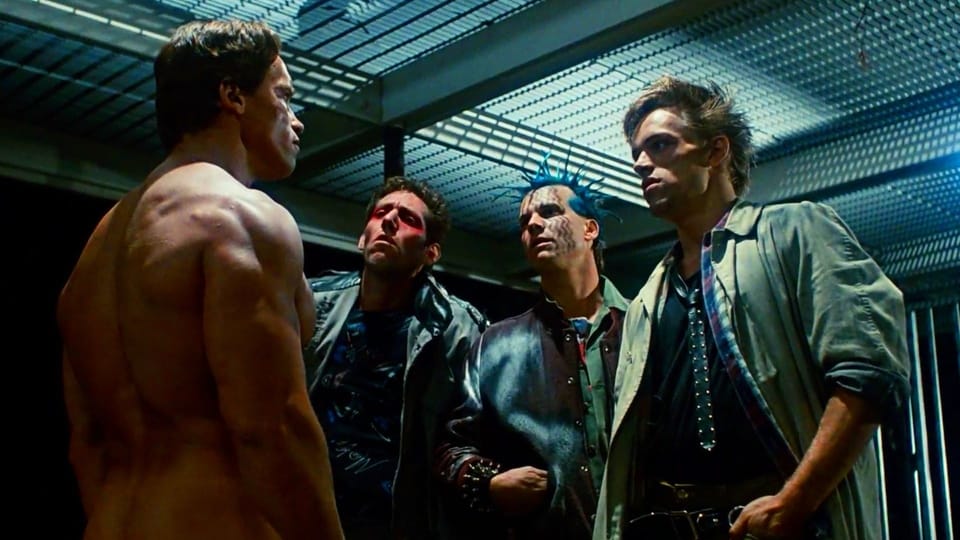Don’t start with theme. Let it come to you.
Writers love to talk about theme. Academics, too. It comes up often. A story’s themes can unify and deepen the emotional reaction and those layers can make the work feel “elevated.” For writers and other artists, this is awfully seductive. It really does inflate our self-importance.

The Story and Plot Weekly Email is published every Tuesday morning. Don't miss another one.
Writers love to talk about theme. Academics, too. It comes up often. A story’s themes can unify and deepen the emotional reaction and those layers can make the work feel “elevated.” For writers and other artists, this is awfully seductive. It really does inflate our self-importance.
As a result, new writers get theme wrong. They give it more importance in the early stages than it warrants.
First, we should probably talk about how we define theme. I like defining our terms in ways that help us make story decisions. This is one of the main things that distinguishes how I teach. The system is designed around the question, “How do we make our jobs as screenwriters easier?”
So in that spirit, I define theme as:
The ideas and values that are rewarded or punished in the story.
That’s all it is. We don’t have to make it any more complicated than that.
So now that we have defined theme, what do we do with it?
My advice to writers is to stay away from theme early on. And whatever you do, do not start with it.
To start with theme means to impose a theme on an undefined story. But themes don’t have stories.
Stories have themes.
By starting with theme you risk starting with “message,” and as soon as you try to teach the audience something, you’re almost guaranteed to lose them. That’s your ego talking. Don’t listen to your ego. Your ego is not your friend.
Your job as the storyteller remains the same. Tell the story. To do that, you must decide what story you are telling.
And then identify what values and ideas are rewarded or punished within that story.
That is likely your theme.
Doing it this way means your theme is a natural, organic part of your story. You came to it honestly. There is no ramming a square peg into a round whole.
Some like to state their theme in the form of a thematic argument. This is fine and still works well. Since a thematic argument simply restates the theme in a statement, we can define the thematic argument as:
A statement of truth that the protagonist comes to embrace. They are ignorant of this truth in the beginning, and by the end, they embody it.
The protagonist transforms to understand the values or ideas of the theme, either happily or tragically.
As you can see, the thematic argument and the transformation are identical. As always, character is story, and story is character.
In other words, the thematic argument is another way of describing the story.
We really do make this stuff more complicated than it needs to be.
An example:
Let’s go with Star Wars. I like Star Wars as an example because I grew up on it, and everyone has seen it.
Let’s say the thematic argument of Star Wars is faith trumps technology. Is that the theme? I don’t know. I’ve heard it said. And it makes sense.
Luke Skywalker is a farm boy who ultimately embraces faith over technology. It’s illustrated in that key moment of the movie where he turns off the targeting computer.
Earlier in the film, you have that great conversation with Han Solo and Obi-Wan Kenobi. Han says he’d rather have a blaster and Obi-Wan thinks the blaster is a crude weapon. It’s better to use The Force.
That argument is settled later when Luke turns off his computer to use The Force and blows up the Death Star. That is Luke’s transformation, shown through these values that are rewarded and punished (faith over tech.)
He is on his way to becoming a Jedi Knight.
So Luke’s character transformation is simply a thematic argument illustrated. Faith is stronger than technology.
Again, story is character, and character is story.
And stories have themes, not the other way around.
So to circle back around to the practical advice that will make your life easier:
- Identify the story first. What is the transformation? Who is the protagonist at the beginning, and who are they at the end?
- Next, identify the values that are rewarded or punished within that transformation. Is selfishness rewarded or is it punished? Greed? Faith? Friendship? Resilience? Life? Freedom? The list is almost endless.
- Once the theme identifies itself, you can start to punch up those moments, scenes, and images that accent or enhance your theme for greater emotional resonance.
Theme can deepen the emotional experience of a story. There’s no question. We all know that. But theme is a tool to that end. It is not an end in itself.
So for the love of Billy Wilder, do not start with theme.
Let it come to you.
The Story and Plot Weekly Email is published every Tuesday morning. Don't miss another one.
When you're ready, these are ways I can help you:
WORK WITH ME 1:1
1-on-1 Coaching | Screenplay Consultation
TAKE A COURSE
Mastering Structure | Idea To Outline




